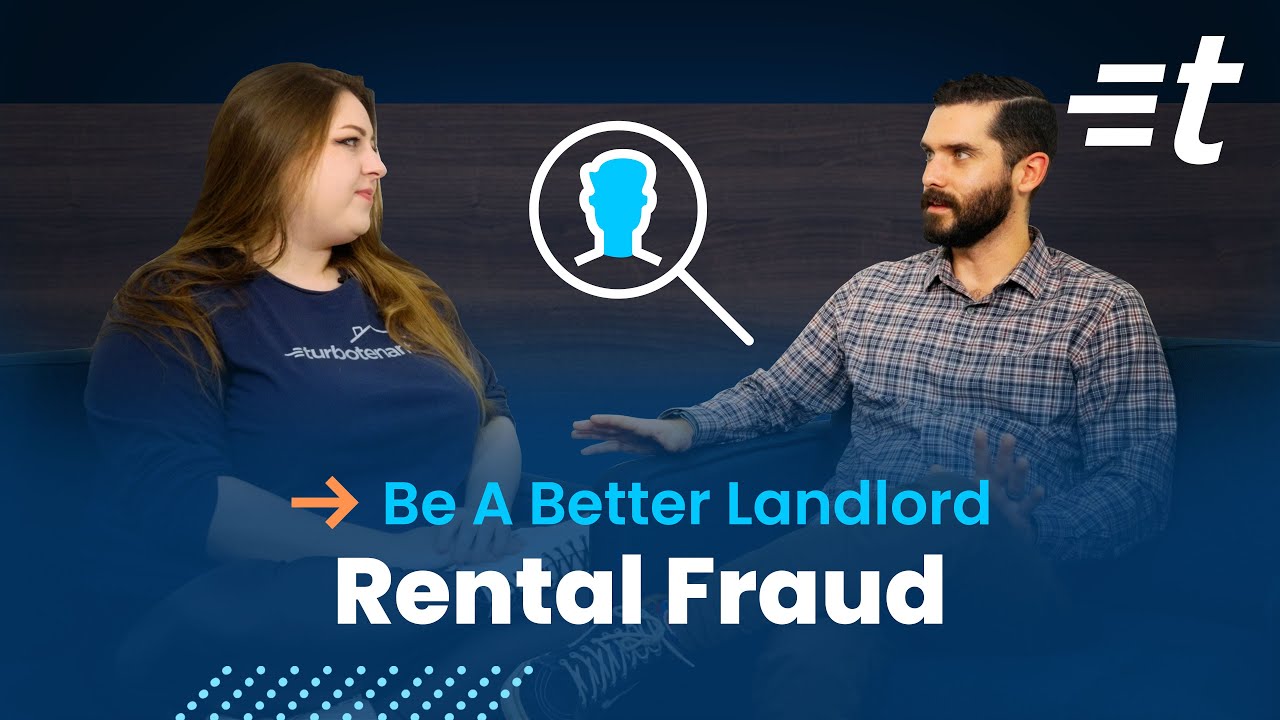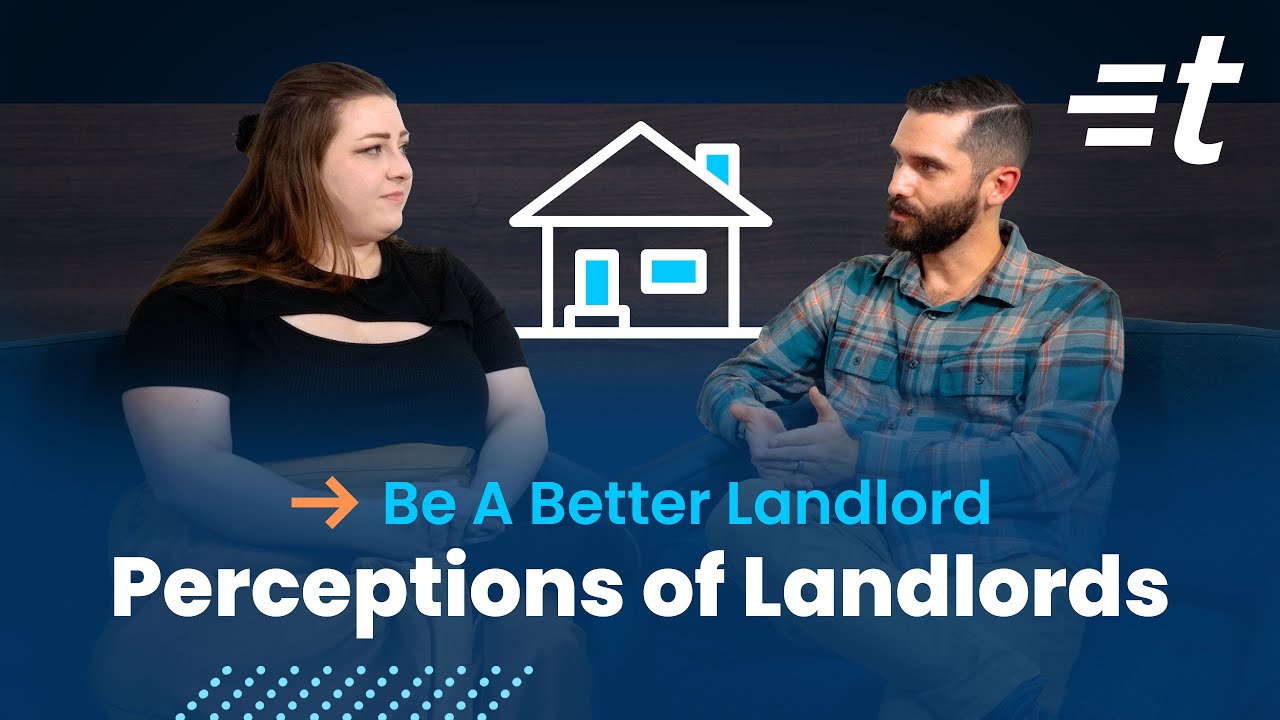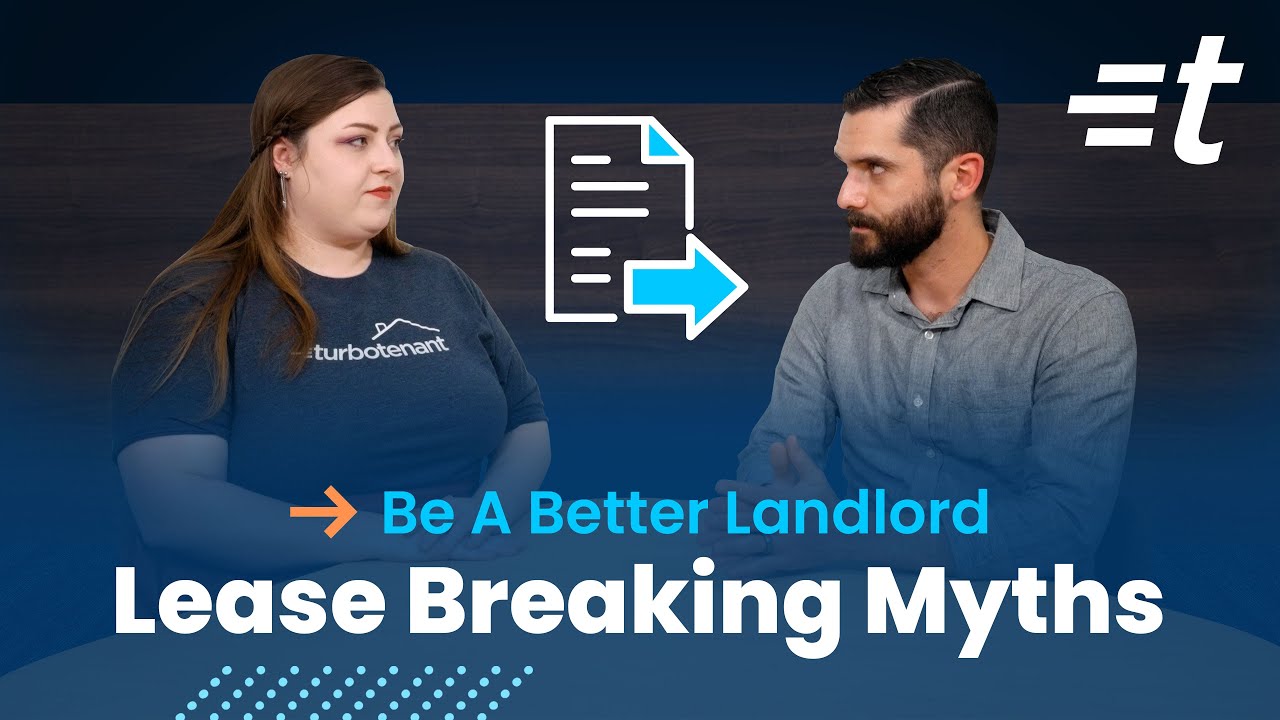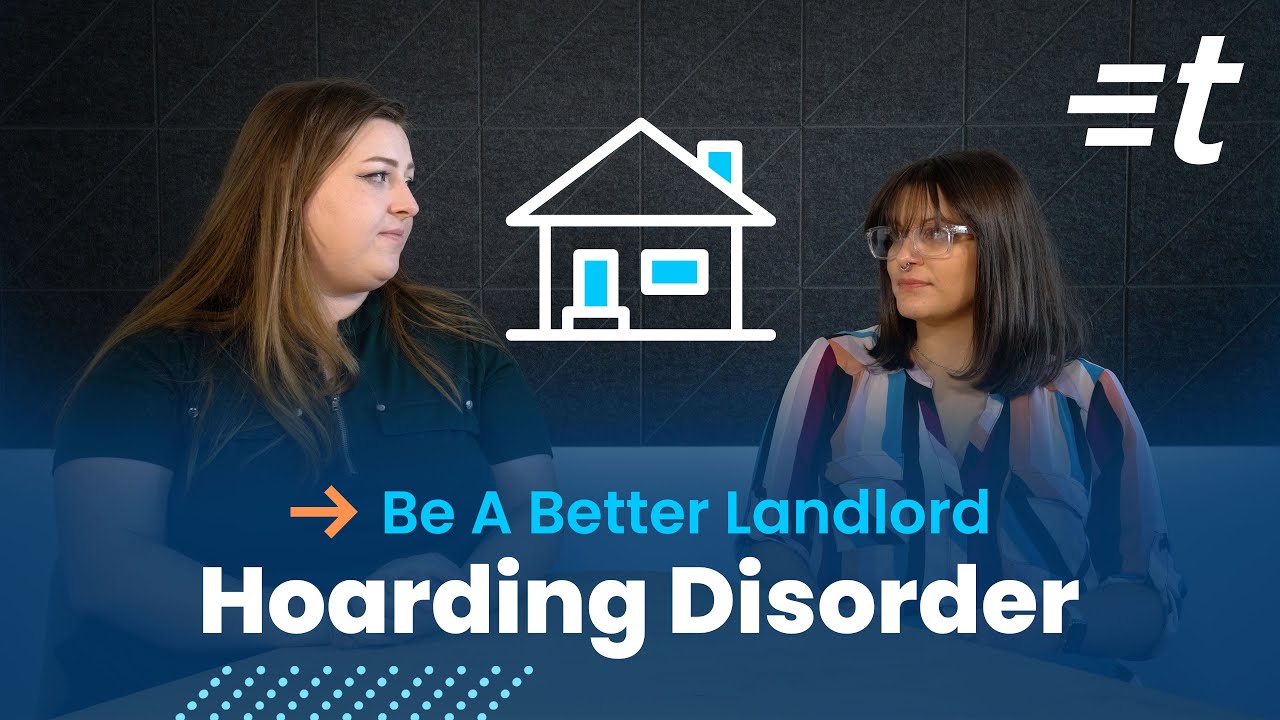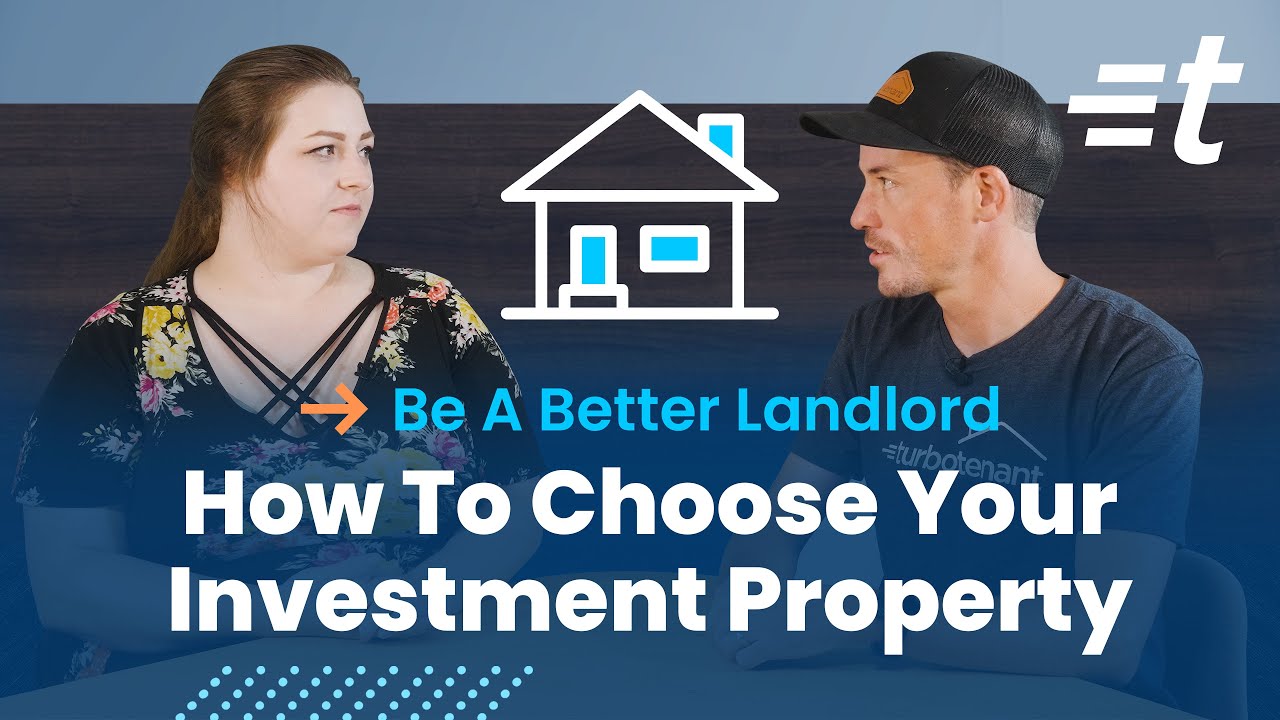Overview
Jonathan and Krista discuss the emerging trend and legislative discussions surrounding ADUs, also known as granny flats, in-law suites, or secondary properties. This dialogue explores the potential of ADUs to address the affordable housing crisis and the various considerations for property owners looking to implement ADUs on their lot.
What is an ADU?
An Accessory Dwelling Unit (ADU) is a secondary housing unit on a single residential lot. ADUs can be detached or attached to the primary residence and must be fully functional as an independent living space, equipped with necessary amenities such as plumbing, electrical, and heating.
ADUs and the Housing Crisis
The Biden administration and various state governments have highlighted ADUs as a potential solution to the affordable housing crisis. While ADUs add to the housing stock and can provide additional income for homeowners, their effectiveness in significantly addressing affordability on a large scale is debatable.
Pros and Cons of ADUs
- Pros: Additional rental income, flexible use for family members or renters, increased property value.
- Cons: Zoning and legal restrictions, potential neighborhood opposition, initial construction and maintenance costs.
Zoning and Legal Considerations
Zoning laws vary widely, with some areas embracing ADUs as a flexible housing option while others restrict or prohibit their construction. Property owners interested in ADUs should research local regulations and consider the impact on neighborhood dynamics and property values.
Building an ADU: Key Considerations
Property owners considering an ADU should evaluate the potential return on investment, legal and zoning restrictions, and the specific needs of potential occupants. Pre-fabricated units offer a cost-effective solution, while custom builds allow for greater design flexibility but at a higher cost.
Key Takeaways
- Understanding ADUs: Accessory Dwelling Units (ADUs), also known as granny flats or in-law suites, are self-contained units located on the same lot as a larger primary dwelling. They must have their own heating, water, and electrical systems to allow for independent living.
- ADUs vs. Tiny Homes: ADUs are permanently located on the same lot as another property, while tiny homes are often mobile and can be moved on trailers. Zoning laws for both types of dwellings can be complex and vary by location.
- Pros and Cons of ADUs: For landlords, ADUs can provide an opportunity to increase monthly cash flow by renting out the additional unit. However, zoning laws and neighborhood pushback can make building an ADU challenging in some areas.
- Building an ADU: ADUs can be built as prefabricated units starting at around $10,000 or as custom builds starting at $200,000. The choice depends on the landlord’s budget and local requirements. Custom ADUs can add value to the property but require significant upfront investment.
- Researching Local Laws: Before building an ADU, landlords must research local zoning laws and regulations. Searching for “[city name] ADU zoning laws” and including “.gov” in the search can help find relevant government websites with information on permits, licenses, and contractor requirements.
- ADUs and the Housing Crisis: While some politicians suggest that ADUs could help alleviate the affordable housing crisis, this may not be a comprehensive solution. ADUs are more likely to be built in affluent neighborhoods, and rental prices for ADUs can still be high, making them inaccessible to many renters in need of affordable housing.
- Maximizing Rental Revenue: For landlords who can legally build an ADU, it can be an opportunity to maximize rental revenue by offering a mix of short-term, mid-term, and long-term leases. Proper tenant screening and clear lease agreements addressing parking and shared utilities are essential.
- Communicating with Current Tenants: If deciding to build an ADU, landlords should communicate openly with current tenants about the construction process and potential impacts on their living situation. Maintaining a good relationship with existing tenants may even lead to referrals for renting the new unit.
- Weighing the Decision: Building an ADU can be a valuable investment for landlords in the right circumstances, but it is not a one-size-fits-all solution to the housing crisis. Careful consideration of local laws, costs, and tenant needs is necessary before embarking on an ADU project.
Transcript ▼
Transcript
Jonathan Forisha:
I’m Jonathan, this is Krista, and we’re here to help you be a better landlord. Okay Krista, we’re here to talk about ADUs. Yes. First of all, what is an ADU?
Krista Reuther:
Besides being a fun acronym, it actually does stand for something. So it’s an accessory dwelling unit, but people might know it better as a granny flat or an in-law suite or just a secondary property. It’s got a lot of names.
Jonathan Forisha:
It has a lot of names. It’s been in the news a lot lately. Why?
Krista Reuther:
Well, so really a myriad of reasons. The Biden administration recently mentioned it in October 2023, citing ADUs as a potential way to help the affordable housing crisis. That is why a lot of politicians are bringing it up. They see it as a vehicle to mitigate that issue.
We’ll talk more about why that might not really solve the problem, but that’s one reason. Equally different states are challenging and creating laws saying that you can or cannot make ADUs. So California was the first state to actually allow anyone to make an ADU, and now there are a handful of others that are doing the same. But there’s pushback on both sides. So it’s a very hot topic of conversation.
Jonathan Forisha:
Okay, so let’s start with what does an ADU consist of? Is this just a shed? Do I take my lawnmower out of there and now people can move in? What does this look like?
Krista Reuther:
You know, it’s really a build your own adventure kind of situation. So to be an ADU, it has to be a self-contained unit. Usually that’s away from the property, but it could be attached to the property.
Either way is fine. So yes, if you have a cottage on your property or a shed that’s properly outfitted for someone to live there, meaning there’s heat, there’s water, there’s electric, then yes, go forth and prosper. But you want to make sure that someone can actually live there, whether you’re looking to do a short-term lease or a long-term lease or something in between.
Jonathan Forisha:
Okay, but your point there that somebody actually has to live there. Yes. So it’s not just the shed. It is not just a shed. If we need some insulation, we need plumbing, we need electrical. Yes. All those things that are nice to have in your living space.
Krista Reuther:
Nice to have and must-haves. Yes, absolutely. A little economy, a little economy. But absolutely. So you want someone to ideally just be able to go in and live independently there. When we are looking at ADUs outside of the rental space specifically, you see a lot of folks moving their elderly family members into an ADU. That way they still maintain independence, but they have family really close by just in case something happens. Of course, there are plenty of renters who are looking for that kind of arrangement as well, whether they are short-term just coming in for vacation, mid-term, maybe they’re a traveling nurse, long-term even, that is a complete possibility. It’s a lot like a regular rental, just smaller in scale and on the property itself. So there’s an established bigger unit and then there is the ADU.
Jonathan Forisha:
Yeah. Okay, so ADUs versus tiny homes, what are the differences there?
Krista Reuther:
As I mentioned, an ADU is going to be physically on the property with a larger unit, whatever that might be. It could be that you have a multifamily property and then just a cute little ADU sharing the same lot. But that’s the main key. They are sharing the same lot, they’re not movable. Tiny homes can be on a trailer, so they are more mobile.
You can take them somewhere. It’s always possible that you plant your tiny home, but that’s not going to be the same thing as an ADU, since the ADU is on the same lot as another property.
Jonathan Forisha:
Yeah, that makes sense. I know zoning is really hot for both ADUs and tiny homes. For tiny homes, it’s exactly the reason you just said that the trailers where you can park the trailer, that gets a little fuzzy. But what about ADUs? How does the zoning work with those?
Krista Reuther:
That’s one of the biggest pieces of controversy when we talk about ADUs, because oftentimes neighborhoods are not zoned where you can have a secondary property, especially one that’s detached from the main property, sitting on the same lot. So California has laws now where that is a possibility, but you see states fighting back and saying, no, we’re not going to zone for this, because there’s a fear that there would be an increase in traffic, more congestion. People often cite the character of the neighborhood changing. Usually that’s racism. So there are a lot of valid and more nebulous reasons why people are pushing back against zoning for ADUs, really pays to pay attention and know what’s allowed in your area before you go out and buy a whole ADU.
Jonathan Forisha:
Yeah, that makes sense. And so those are some of the cons of ADUs. Let’s talk about the pros of ADUs. Why would somebody consider putting one on their property?
Krista Reuther:
Sure. Well, first of all, they wouldn’t be alone. So in 2020, Freddie Mac estimated that there are 1.4 million ADUs. We can expect that that number has grown since then. And the reason why they’re popular with folks depends on what they’re trying to accomplish. So if they are a homeowner trying to bring in their elderly parent, for example, that’s a really popular way to do it. But let’s talk more about the renter side of things. I’m a landlord. I have a property.
If I build a secondary property on the same lot as my main property, I can now increase my monthly cash flow with the rental income coming from the ADU. Yeah. So with that in mind, people are really jazzed about it. Landlords are really excited to maximize their lot space and earn more monthly income. And of course, there is a thought that this could help solve the housing crisis.
Jonathan Forisha:
How large is the typical ADU?
Krista Reuther:
Sure. So obviously they can range. But these are not intended to be sprawling estates. In fact, I would imagine they tend to be between a studio and two-bedroom apartment size. And the two-bedroom size is really on the high end, right? You don’t see a lot of that. Typically it’s more like a one-bedroom, you have a bathroom and a living space. But they’re not big and that’s on purpose.
Jonathan Forisha:
Yeah, that makes sense. Less upkeep. And when you are pricing out what the rental should be for an ADU, can you price it just like you could any other rental? Yeah.
Krista Reuther:
So of course, you want to keep in mind the lease term that you’re looking at, the amenities that you’re offering, and then of course the actual size and the relative cost of units that size in your area. So you could use something like TurboTenance Rental Property Calculator. That lets you…
Jonathan Forisha:
Yeah. Okay, let’s talk about building an ADU. Yeah. It sounds like the, you know, the backyard is your canvas. So are we talking doing something like a tough shed where you build out your custom shed and then from there make it livable or are we talking a fully custom $200,000 thing?
Krista Reuther:
You know, it could really go either way. Depends on what you’re looking to spend and what makes the most sense in your area. So what you’re talking about with the tough shed, that would be considered a prefab, prefabricated unit. That is definitely more cost effective. So that tends to start at around $10,000 for the actual unit. And then of course you have to figure if you need electric lines run, water lines, etc.
Add that in. But definitely more accessible than making one yourself. So a custom ADU is just as you would like think with the name. It means that you are getting that built up and it is going to be customized, which means it is going to be an expense.
So those tend to start at $200,000 and go up from there. Reason is it’s basically like you’re building a house. You’re building a secondary house. So it needs to have, as I mentioned, HVAC systems, electrical systems, water systems, really the goal is for someone to be able to live independently there and not have to go into the main house.
That’s their space. So with that, it does add to the property value, but you want to make sure that you have the budget and any kind of loans needed in order to make that happen. The Biden administration recently released a statement saying that they would allow people to use prospective rental income from an ADU to help qualify for an FHA loan as part of this effort to combat the housing crisis. So there are options out there for financing. Make sure you know what you’re going to do before you pick up a hammer and start hammering away at something.
Jonathan Forisha:
And before you hammer anything, I feel like you need to know for sure what the laws are in your area. So how do we figure that out?
Krista Reuther:
Yes, absolutely. As we’ve mentioned, zoning laws for ADUs are very contentious right now. So what I would do is I would go to Google. I would Google the name of my city. So Denver, for example, I would say Denver ADU zoning laws and I would make sure to include .gov in my search term and that should pull up a government page where I can then go and look and read for myself, see if it’s allowed. And if I have questions, typically there’s contact information for someone in the government I can reach out to and make sure things are all squared away before I get started. Because some people in some states are going to need specific licenses or specific contractors to do this kind of work. So know about all of this beforehand so you don’t start spending money and realize you’ve really just wasted it. Yeah, that wouldn’t be great. No, bad investment.
Jonathan Forisha:
All right, well we’ve kind of talked around it. Now let’s talk about, are ADUs the solution to the housing crisis?
Krista Reuther:
Unfortunately not. And I say this for a variety of reasons. First of which being that we typically see ADUs popping up in neighborhoods that are already pretty affluent. Those are the people who can afford to shell out $200,000 to build another unit on their lot. And really where we need the most help is in less affluent neighborhoods. We need more affordable housing and building up ADUs is not going to necessarily solve that.
It also moves the onus onto the property owner to solve this crisis versus the government, which doesn’t feel correct to me. And of course people are still going to be able to charge pretty much whatever they want, whatever is reasonable in their market for their ADU. So it’s not an instant hack into affordable housing. For example, in Los Angeles, I believe the average ADU rents for $2,500. That’s not any more accessible to someone than a studio apartment. No, it’s not exactly cheap. No, it isn’t. So it will add housing stock and there are situations where I think it’s really useful, especially from a landlord point of view to increase your rental revenue.
But in terms of solving this crisis, I think that a lot of politicians are hyping up the idea without really thinking of the long-term implications. Again, ADUs could be a great tool if you want to make the most of your property and it’s allowed in your state and locality, put an ADU up. You can have somebody else in there.
You can even mix and match your lease terms if you want long-term renters in your main property and a short-term or a mid-term in your ADU. Do it. You’ll have different revenue streams coming in. You can really make the most of your space.
But I would not recommend that path if you are at all concerned about there not being enough space because you don’t want to take away from the renters who already live there to set up this kind of system, have a whole new property built. That’s a lot of work and effort. So just keep that in mind. If you do decide to move forward with it, do your research. Make sure you’re communicating with your current tenants so that they know what to expect. They might even know someone who could rent the unit from you if you have a good relationship. Then move forward with caution. Decide if you want to do a prefab situation, get that completely priced out before you commit, or think about a custom solution.
Get that completely priced out before you commit and see what will work best for you, how long it takes to pay it off, and then what you can expect to bring in for rental revenue.
Jonathan Forisha:
Yeah. You can still screen your tenants, whether them mid-term, long-term. You can still screen them exactly the same way and you should. You should. And also to put in a lease agreement how parking will work. As you mentioned, parking is a huge issue potentially with ADUs. Yes.
Krista Reuther:
That and shared utilities, if that’s applicable.
Jonathan Forisha:
Well with everything we’ve talked about, would you build an ADU?
Krista Reuther:
You know, maybe for the right situation. I think that it could be really helpful, especially with family matters or friends. But I don’t think it’s going to solve the affordable housing crisis.
Jonathan Forisha:
Okay. Well, thanks for talking ADUs with us. If you out there have any experiences with ADUs, let us know in the comments. Don’t forget to subscribe.
Conclusion
While ADUs present an opportunity for homeowners to maximize their property’s potential and contribute to housing solutions, they are not a panacea for the broader affordable housing crisis. Careful planning, adherence to local regulations, and consideration of community impact are essential for successful ADU projects.













